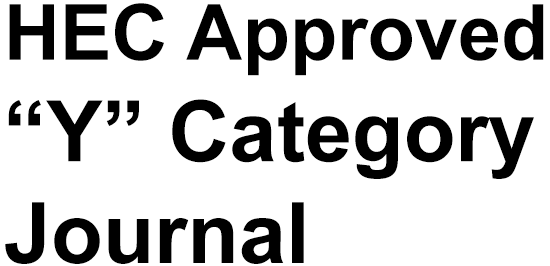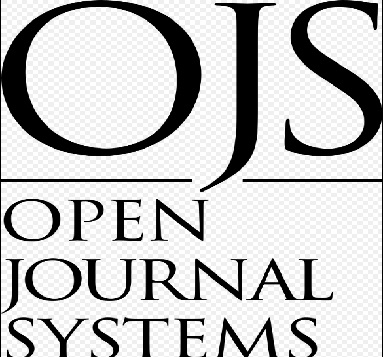Transition Shock and Its Relationship with Patient Safety Attitudes, Professional Identity, and Climate of Caring Among Nursing Interns
DOI:
https://doi.org/10.63056/Keywords:
Transition shock, patient safety, professional identity, climate of caring, nursing interns, PakistanAbstract
Background: Transition from classroom to clinical practice is a challenging phase for nursing interns, often accompanied by transition shock that can affect professional development and patient care. Patient safety attitudes, professional identity, and the climate of caring are critical factors that may influence this transition, yet little research has examined these variables together in the context of nursing education in Pakistan.
Objective: To examine the effect of a structured intervention on transition shock, patient safety attitudes, professional identity, and the climate of caring among nursing interns, and to explore the relationships among these variables.
Methods: A quasi-experimental pre-test/post-test design with a non-equivalent control group was conducted at Indus College of Nursing, Tando Muhammad Khan. Eighty nursing interns were purposively assigned to experimental (n = 40) and control (n = 40) groups. The experimental group received a 48-hour structured intervention comprising simulation, mentored clinical practice, and reflective exercises, while the control group followed the standard curriculum. Data were collected using validated scales measuring transition shock, patient safety attitudes, professional identity, and climate of caring. Analysis was performed using t-tests, Pearson correlation, and multiple regression.
Results: At baseline, no significant differences were found between groups. Post-intervention, the experimental group demonstrated significantly lower transition shock (M = 2.61, SD = 0.36) than the control group (M = 3.39, SD = 0.43; p < 0.001). Patient safety attitudes (M = 3.89 vs. 3.20; p < 0.001), professional identity (M = 4.02 vs. 3.36; p < 0.001), and climate of caring (M = 4.01 vs. 3.28; p < 0.001) were significantly higher in the experimental group. Transition shock showed strong inverse correlations with patient safety attitudes (r = –0.68), professional identity (r = –0.71), and climate of caring (r = –0.65). Regression analysis identified professional identity (β = –0.44) as the strongest predictor of transition shock, followed by patient safety attitudes (β = –0.36) and climate of caring (β = –0.31), explaining 68% of the variance.
Conclusion: A structured intervention significantly reduced transition shock while enhancing patient safety attitudes, professional identity, and perceptions of a caring climate among nursing interns. Strengthening these domains during clinical training can facilitate smoother transitions, improve professional outcomes, and foster safer healthcare environments.
Downloads
Published
Issue
Section
License
Copyright (c) 2025 Abdul Rehman , Ubedullah Rahimoon, Husan Bano Channar, Asad Habib, Sajid Hussain, Zehrish Momal (Author)

This work is licensed under a Creative Commons Attribution 4.0 International License.












